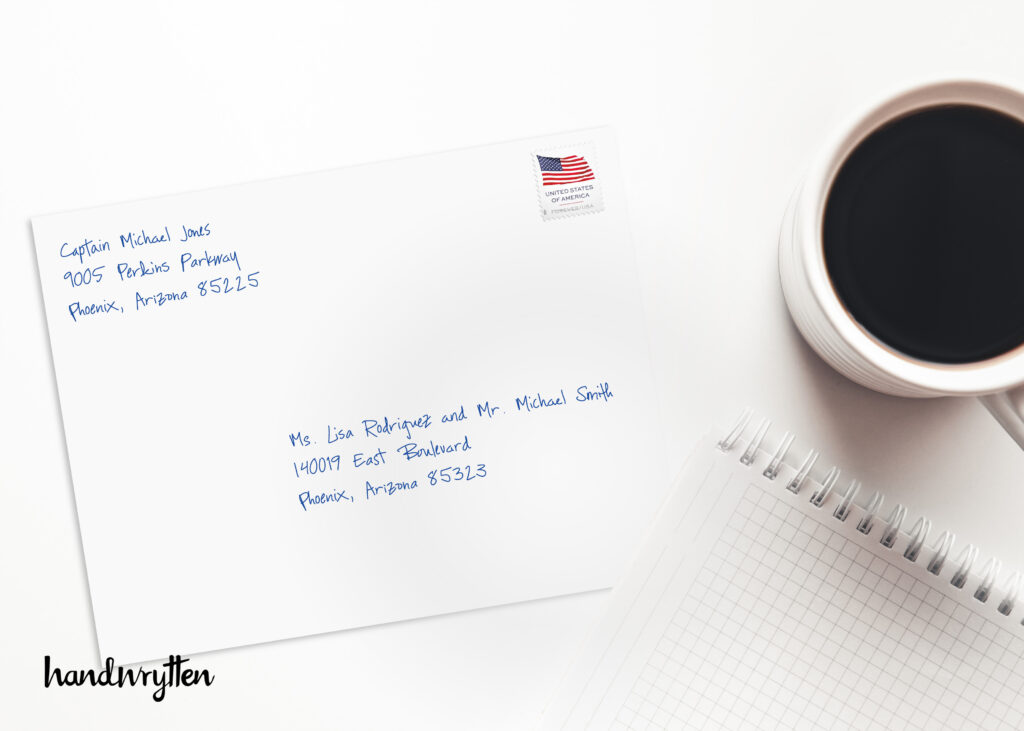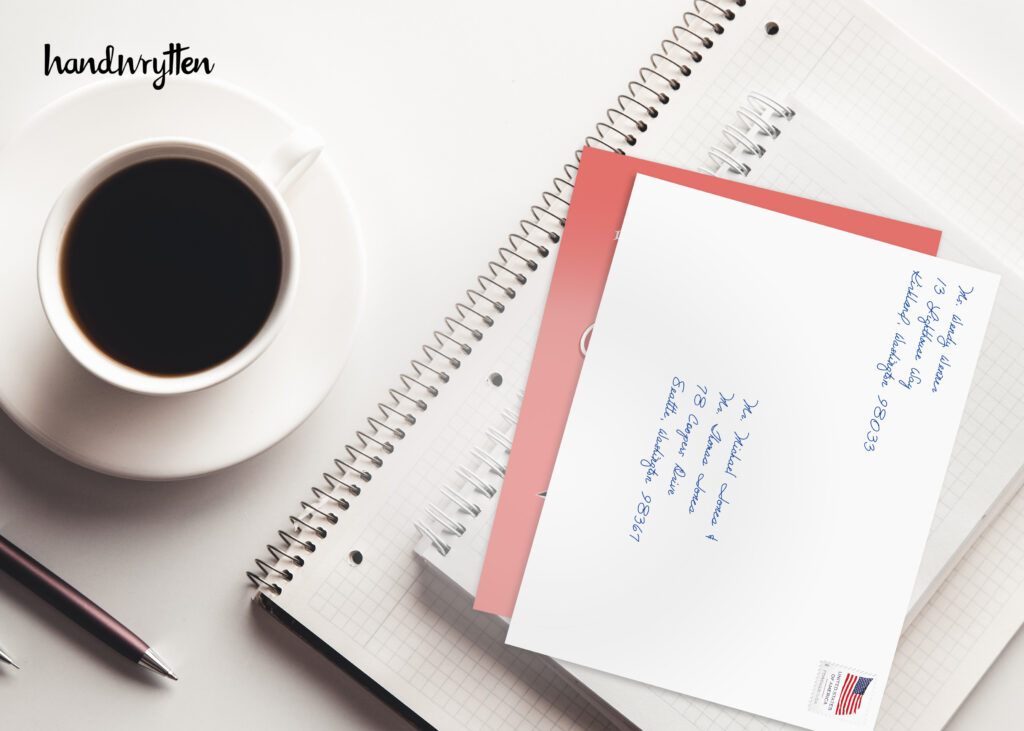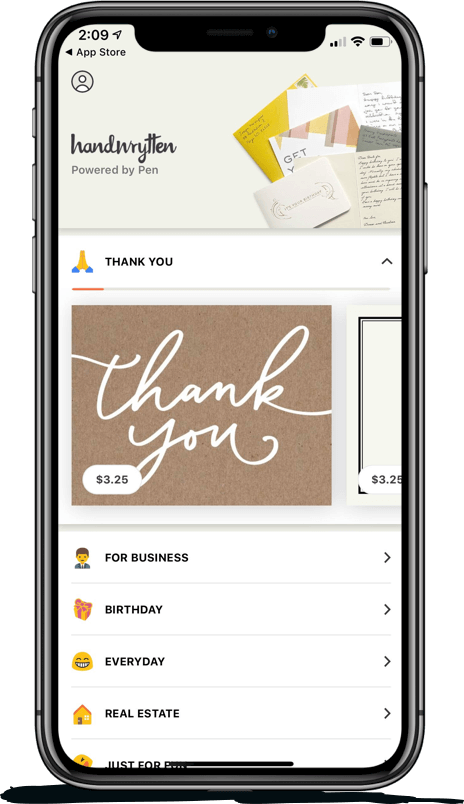
9280 S. Kyrene Rd.
Suite 134
Tempe, AZ 85284
Phone: +1 (888) 284-5197
Email: contact@handwrytten.com



You have been subscribed. Thank you!
A thoughtfully addressed envelope is a powerful statement. It’s the first touchpoint your guests or recipients have with your message, setting a tone of elegance, respect, and personal care. While these guidelines are often associated with wedding invitations, they apply to all forms of formal correspondence, from elegant galas and charity events to holiday cards and personal thank-you notes. This comprehensive article will guide you through the nuances of etiquette, so you can confidently achieve Mastering the Art of Formal Addressing for any special occasion.

Mastering the Art of Formal Addressing is vital to making a positive impression. Before diving into the specifics, it’s important to understand the key difference between standard and formal addressing.
📌 When to use formal addressing: For any correspondence where you want to make a lasting impression and show a high level of respect, such as wedding invitations, formal event invitations, holiday cards, and significant announcements.
Courtesy titles, or “honorifics,” are the building blocks of formal addressing. Using them correctly shows that you’ve given careful thought to each recipient.
Mr: The standard title for any adult man, regardless of his marital status.
Mrs: Traditionally reserved for a married woman.
Ms: A versatile and modern title for women who are unmarried, married but keeping their maiden name, or who prefer a title that doesn’t define their marital status. When in doubt, “Ms.” is often the safest and most respectful choice.
Miss: Used for young girls and unmarried women under 18.
Mx: A contemporary, gender-neutral title for individuals who prefer not to use a gender-specific honorific. This is a personal choice, so it’s best to use it only when you know the individual’s preference.
📝 Pro-Tip: Always use full, spelled-out names. Avoid nicknames, initials, or abbreviations. For example, use “Jonathan” instead of “Jon” and “Street” instead of “St.”
Formal titles, such as those related to a profession or military service, take precedence over standard courtesy titles.
Doctor: Use “Dr.” for anyone with a doctorate, including medical doctors, Ph.D.s, and dentists.
Clergy: Titles vary widely, but common ones include “The Reverend,” “Father,” “Rabbi,” or “Pastor.”
Military Personnel: Use their full rank (e.g., “Captain,” “Colonel,” “General”) and follow it with their full name.
📝 Pro-Tip: If you are unsure of the correct rank or spelling of a formal title, take the time to confirm it. A small mistake can be seen as a sign of disrespect.

The way you address a couple depends on their marital status, last names, and whether they hold formal titles.
Traditional: The most classic and formal approach uses the husband’s full name after the “Mr. and Mrs.” title. Example: Mr. and Mrs. Michael Jones
Modern: This version lists both individuals’ first names. Example: Mr. Michael and Mrs. Sarah Jones
Same-Sex Couples: Use “The Messrs.” or “The Mmes.” followed by the shared last name, or simply list each person’s name with their title.
This is a common and respectful practice. Always list each person’s full name with their appropriate title. The order is often based on alphabetization of last names or personal preference. Example: Ms. Lisa Rodriguez and Mr. Michael Smith
If one person has a professional title (e.g., a doctor), their name comes first. Example: Dr. Michael Jones and Mrs. Sarah Jones
If both have formal titles, list them by rank. If the ranks are equal or non-existent, the order is up to you.
Traditional: You would list their names on two separate lines, without using “and.” The names are listed alphabetically by last name. Example: Ms. Jane Carter Mr. Kevin Peterson
Modern: Many hosts use “and” or an ampersand (&) to signify their committed relationship, placing the names on the same line. Example: Ms. Jane Carter & Mr. Kevin Peterson
Divorced Women: A divorced woman may choose to be addressed as “Mrs.” or “Ms.” and may or may not keep her married last name. If you are unsure, “Ms.” is the safest option. Example: Mrs./Ms. Lisa Smith
Widows: A widow can continue to use her late husband’s name (e.g., Mrs. Michael Smith), or she can use her own first name (Mrs. Lisa Smith).
Informal: For a friendly and less formal approach, especially for holiday cards, you can simply write “The Smith Family.”
Formal: For a more formal correspondence like a wedding invitation or a formal holiday card, you can use the parent’s full names on the outer envelope and list the children’s first names on an inner envelope or on the invitation itself.
Young Adults: Children over 18 should receive their own correspondence, even if they still live at home.
✅ Spell Everything Out: Avoid abbreviations for street names (“Street,” not “St.”), states (“California,” not “CA”), and cities.
✅ Use Formal Wording: Use “and” instead of an ampersand (&) for the most formal tone.
✅ Confirm Preferences: When in doubt about a person’s preferred title, last name, or spelling, don’t guess. A quick, discreet check can save you from a potential faux pas.
✅ Embrace the Power of Penmanship: For a truly elegant touch, consider using a service like Handwrytten. Our innovative robotic handwriting adds a beautifully authentic, personal touch to every envelope without any of the stress or time commitment of writing by hand.
✅ Be Mindful of the Occasion: The level of formality in your addressing should match the occasion. A wedding invitation will be more traditional than a casual Christmas card, but both benefit from thoughtful execution.
By following these principles, you will be well on your way to Mastering the Art of Formal Addressing, ensuring your correspondence is always received with the respect and admiration it deserves.
If you need help scheduling or planning your outreach strategy, reach out to us—we’re here to help.
📬 Contact Support: contact@handwrytten.com


Scale your handwritten outreach, creating positive impressions and long lasting bond.
Sign Up Today!


Over 100 designs to choose from or design your own. Our online card customizer makes it simple.
Check Out Our Cards!





